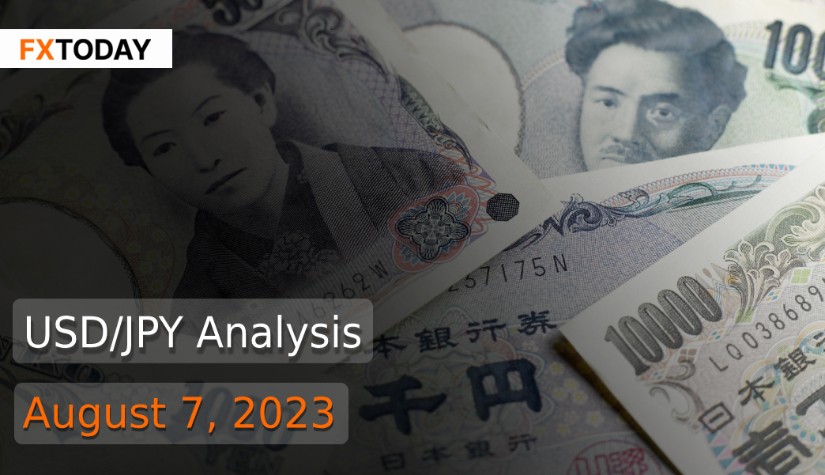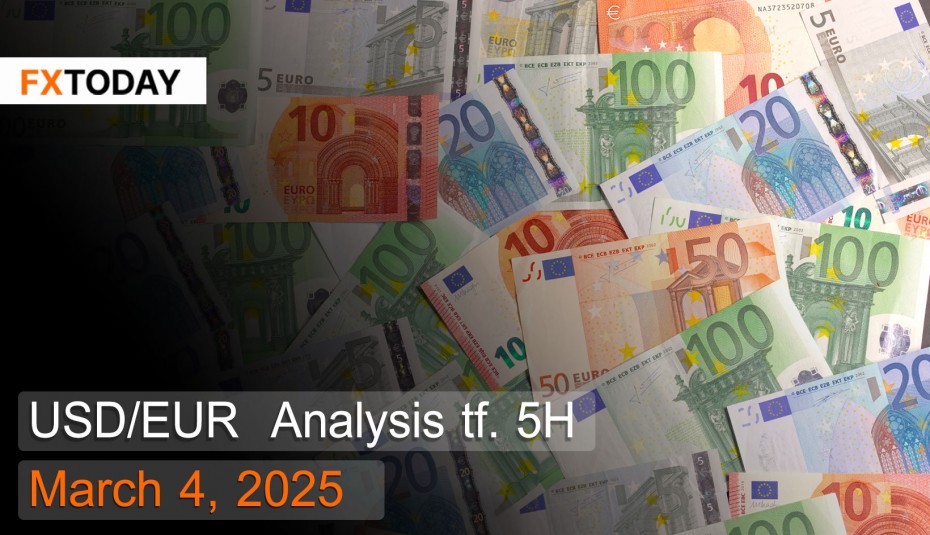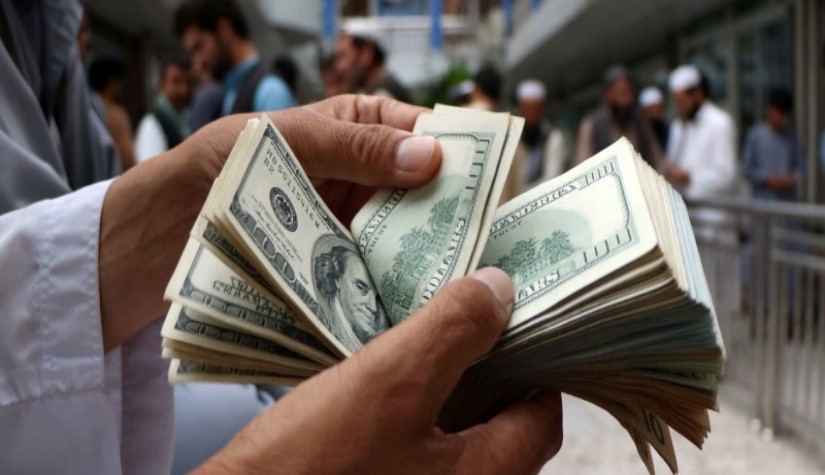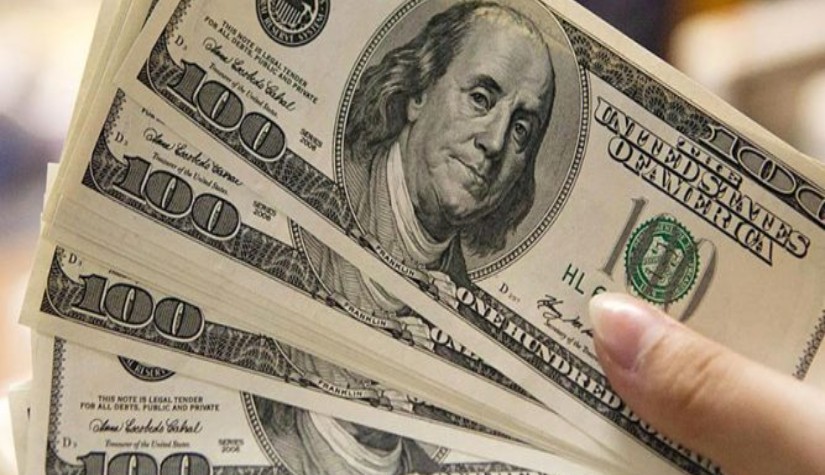BOJ's Surprise Interest Rate Move Impacts Economic Outlook
The Bank of Japan (BOJ) made an unexpected decision last week to raise the cap on interest rates, driven by concerns that maintaining ultra-loose monetary policies could lead to a repeat of the yen depreciation seen the previous year. Influences from Prime Minister Fumio Kishida's government were also at play, indicating that future policy changes will be influenced by both inflation forecasts and market dynamics, particularly the yen's performance.
The focus on yen fluctuations highlights a shift towards addressing the long-term consequences of extensive monetary stimulus, such as Japan's significant interest rate differential with other economies, which has negatively impacted its currency.
The recent change means that the BOJ is likely to refrain from further adjustments to YCC unless inflation accelerates significantly, maintaining the 10-year yield close to the new 1% ceiling. More substantial policy shifts, like interest rate hikes, will depend on an examination of wage and inflation data for insights into the upcoming year.
While the relaxation of the cap on bond yields caused the 10-year government bond yield to briefly surpass 0.6% for the first time since 2014, larger banks claim to have adjusted their bond portfolios in anticipation of higher yields.
The growth of Japan's economy is projected to have reached an annualized 3.1% in the April-June quarter, marking a third consecutive expansion period, largely supported by robust exports despite global demand deceleration. The BOJ seeks a gradual phase-out of its extensive stimulus program in response to increasing inflation and economic growth.
In the United States, a slower-than-expected growth in jobs during July led to speculations of a soft economic landing. However, higher wages indicated that the Federal Reserve might need to keep interest rates elevated for an extended period. The U.S. economy added fewer jobs than anticipated, but solid wage gains and a decrease in unemployment indicate ongoing labor market tightness.
The resultant halt in the dollar's recent ascent and the surge in Treasury yields is expected to be short-lived, with upcoming Consumer Price Index data potentially showing the first year-over-year rise in inflation since June 2022. Consequently, it is anticipated that the dollar will exhibit greater strength compared to the yen in the current period.
Data for Technical Analysis (1H) CFD USD/JPY
Resistance : 142.05, 142.13, 142.24
Support : 141.83, 141.75, 141.64
1H Outlook
Source: Investing.com
Buy/Long 1 If the support at the price range 141.73 – 141.83 is touched, but the support at 141.83 cannot be broken, the TP may be set around 142.13 and the SL around 141.68, or up to the risk appetite.
Buy/Long 2 If the resistance can be broken at the price range of 142.05 – 142.15, TP may be set around 142.24 and SL around 141.78, or up to the risk appetite.
Sell/Short 1 If the resistance at the price range 142.05 – 142.15 is touched, but the resistance at 142.05 cannot be broken, the TP may be set around 141.83 and the SL around 142.20, or up to the risk appetite.
Sell/Short 2 If the support can be broken at the price range of 141.73 – 141.83, TP may be set around 141.64 and SL around 142.10, or up to the risk appetite.
Pivot Points Aug 07, 2023 03:00AM GMT
| Name | S3 | S2 | S1 | Pivot Points | R1 | R2 | R3 |
|---|---|---|---|---|---|---|---|
| Classic | 141.53 | 141.64 | 141.83 | 141.94 | 142.13 | 142.24 | 142.43 |
| Fibonacci | 141.64 | 141.75 | 141.83 | 141.94 | 142.05 | 142.13 | 142.24 |
| Camarilla | 141.93 | 141.96 | 141.99 | 141.94 | 142.04 | 142.07 | 142.10 |
| Woodie's | 141.57 | 141.66 | 141.87 | 141.96 | 142.17 | 142.26 | 142.47 |
| DeMark's | - | - | 141.88 | 141.97 | 142.19 | - | - |
Sources: Investing 1, Investing 2
Maximize your knowledge: Blog
















